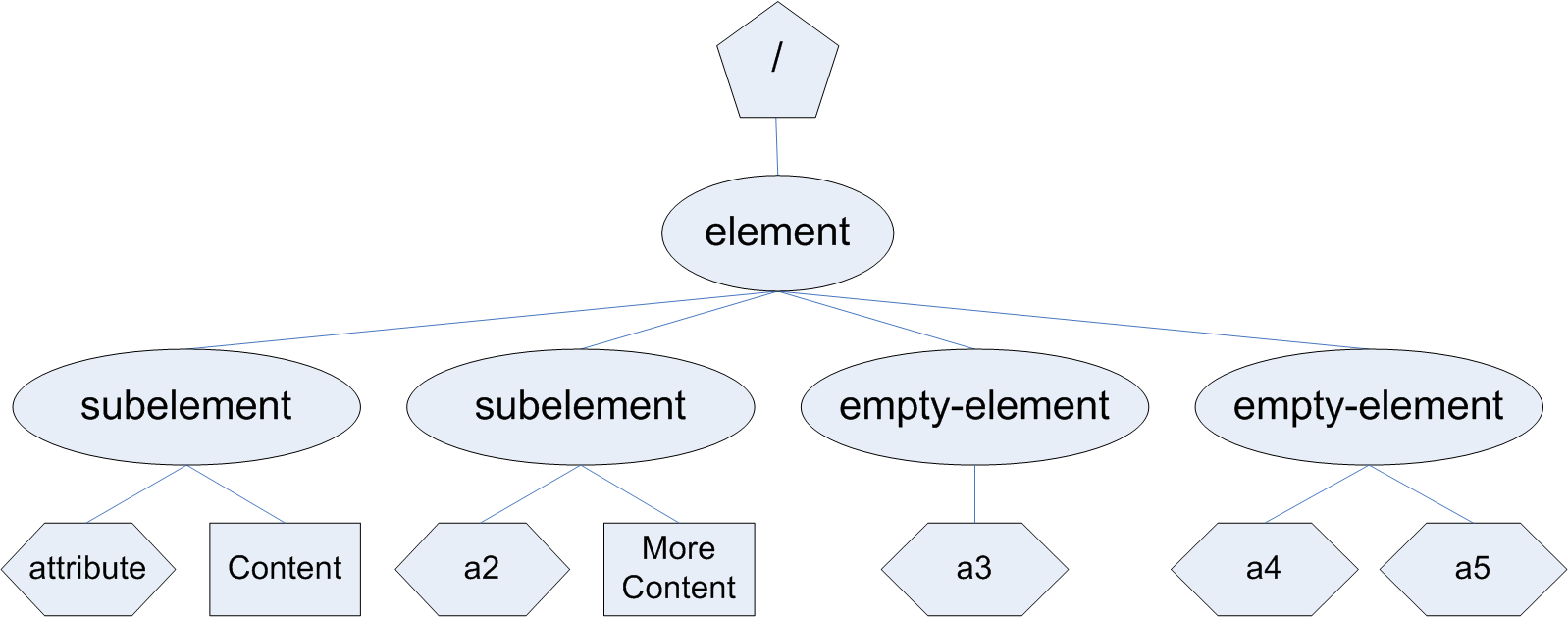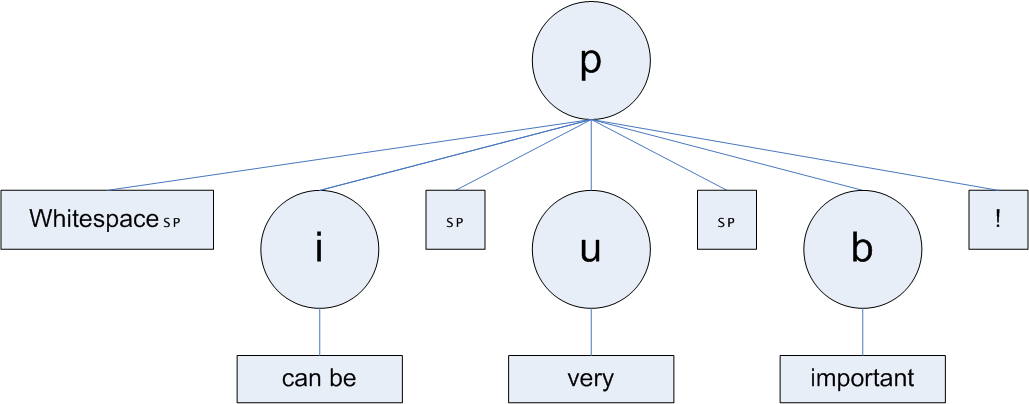XML Basics
XML Foundations [./]
Fall 2011 — INFO 242 (CCN 42596)
Ray Larson, UC Berkeley School of Information
2011-08-30
![]() [http://creativecommons.org/licenses/by/3.0/]
[http://creativecommons.org/licenses/by/3.0/]
This work is licensed under a CC
Attribution 3.0 Unported License [http://creativecommons.org/licenses/by/3.0/]

 , but the important point is that they are on the same level as the text nodes of the mixed content.
, but the important point is that they are on the same level as the text nodes of the mixed content.

